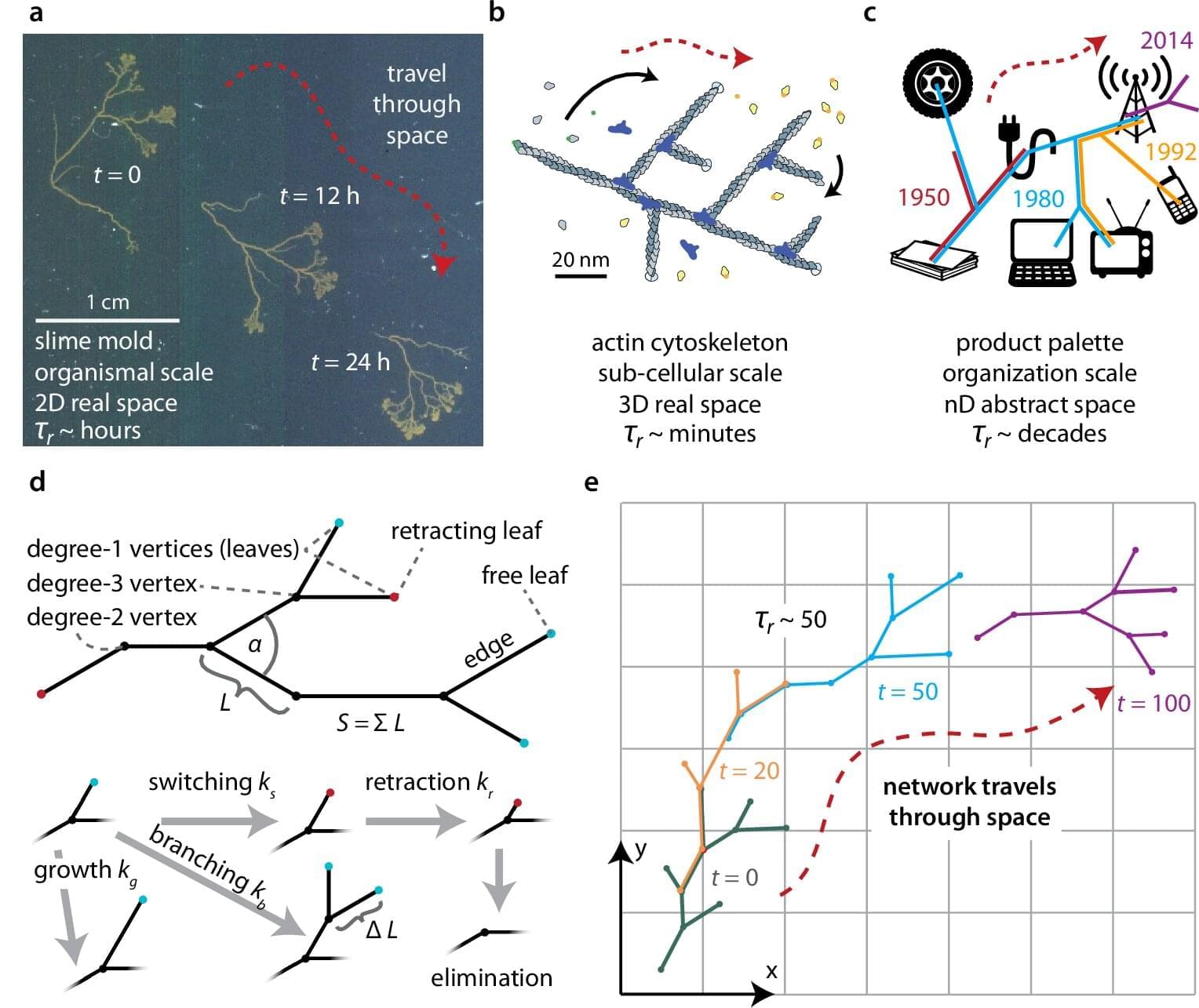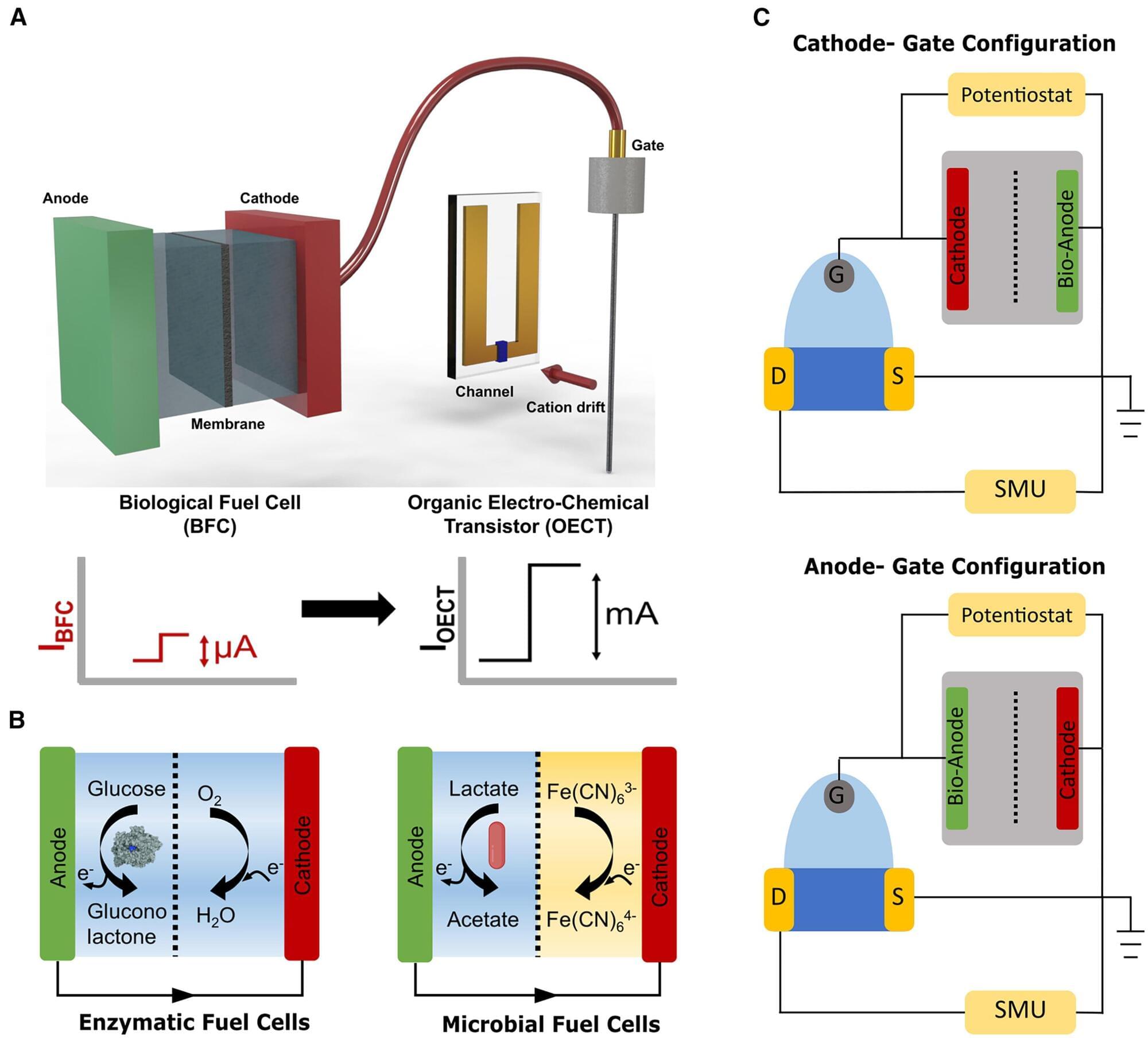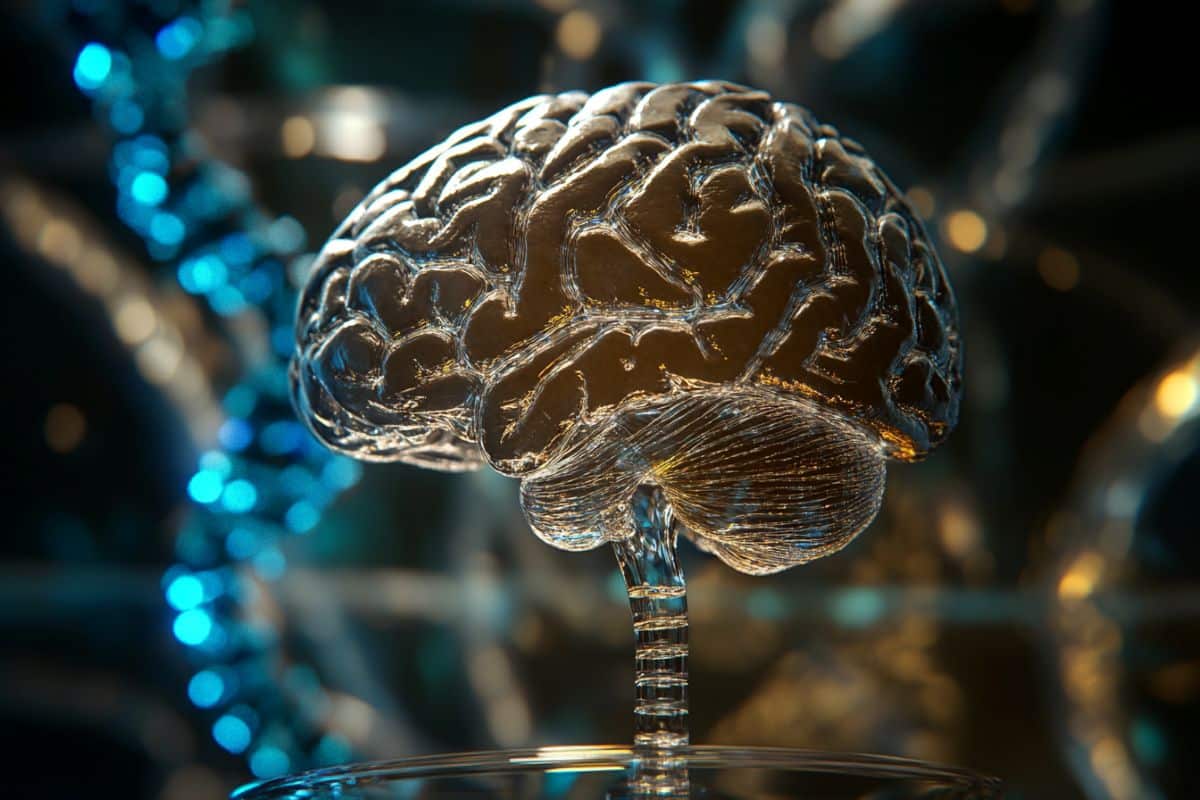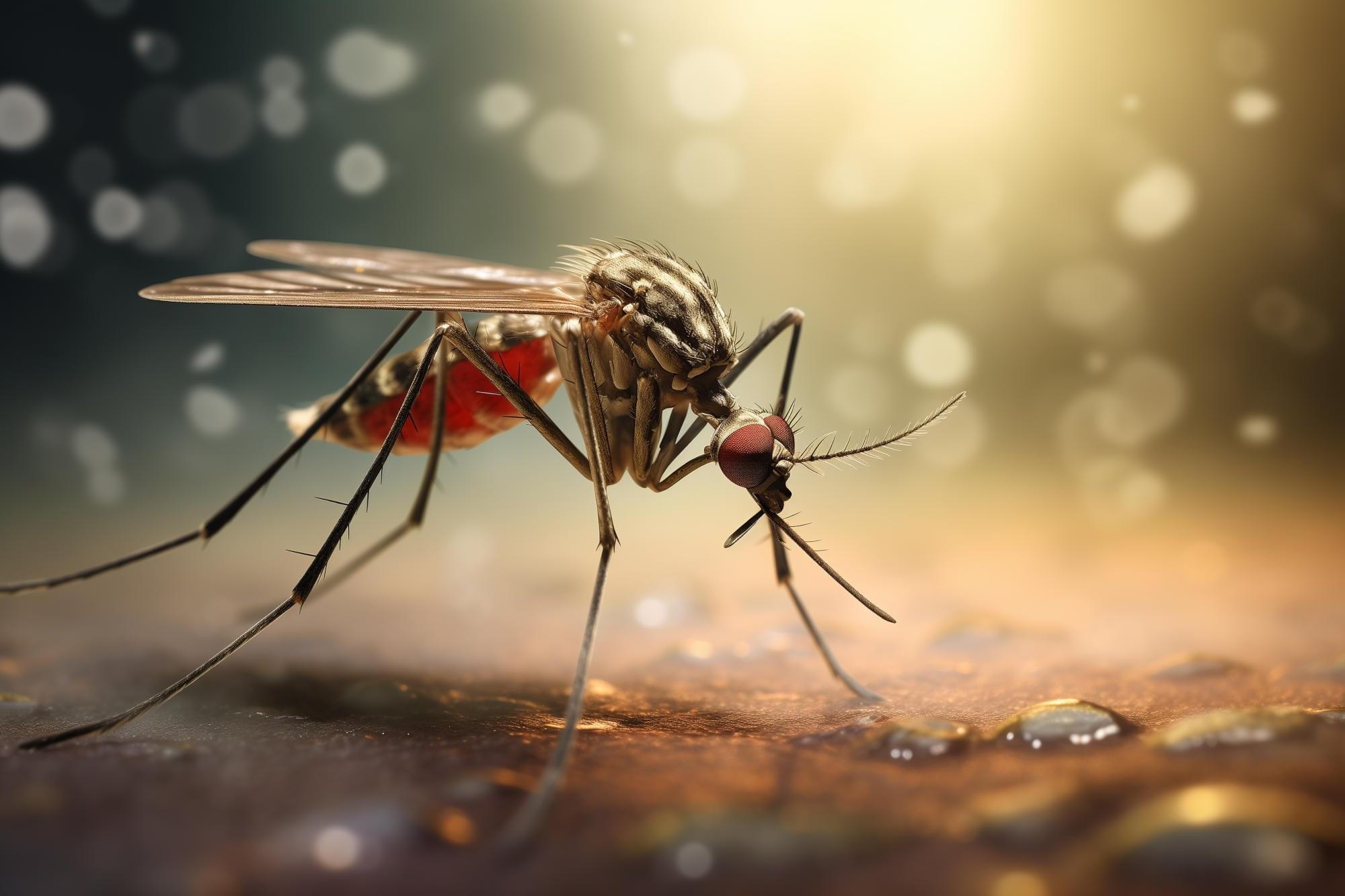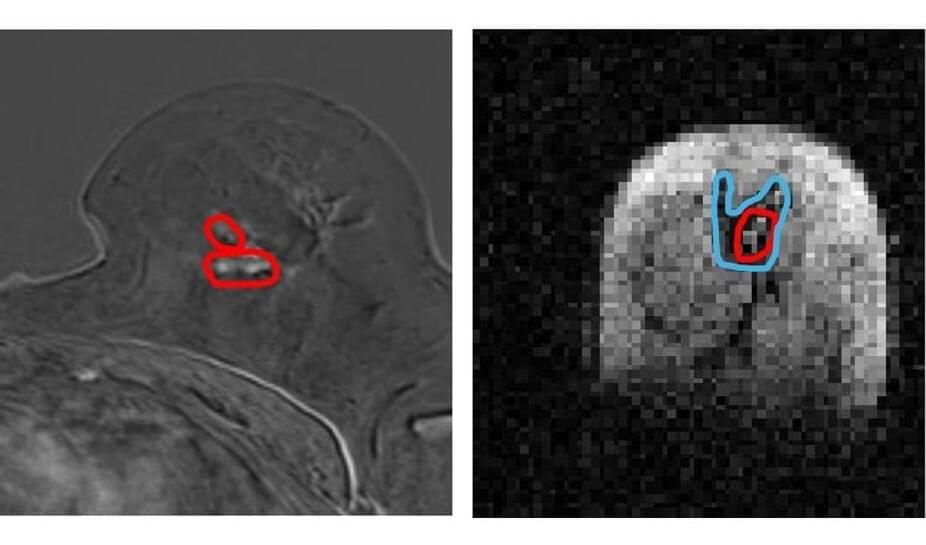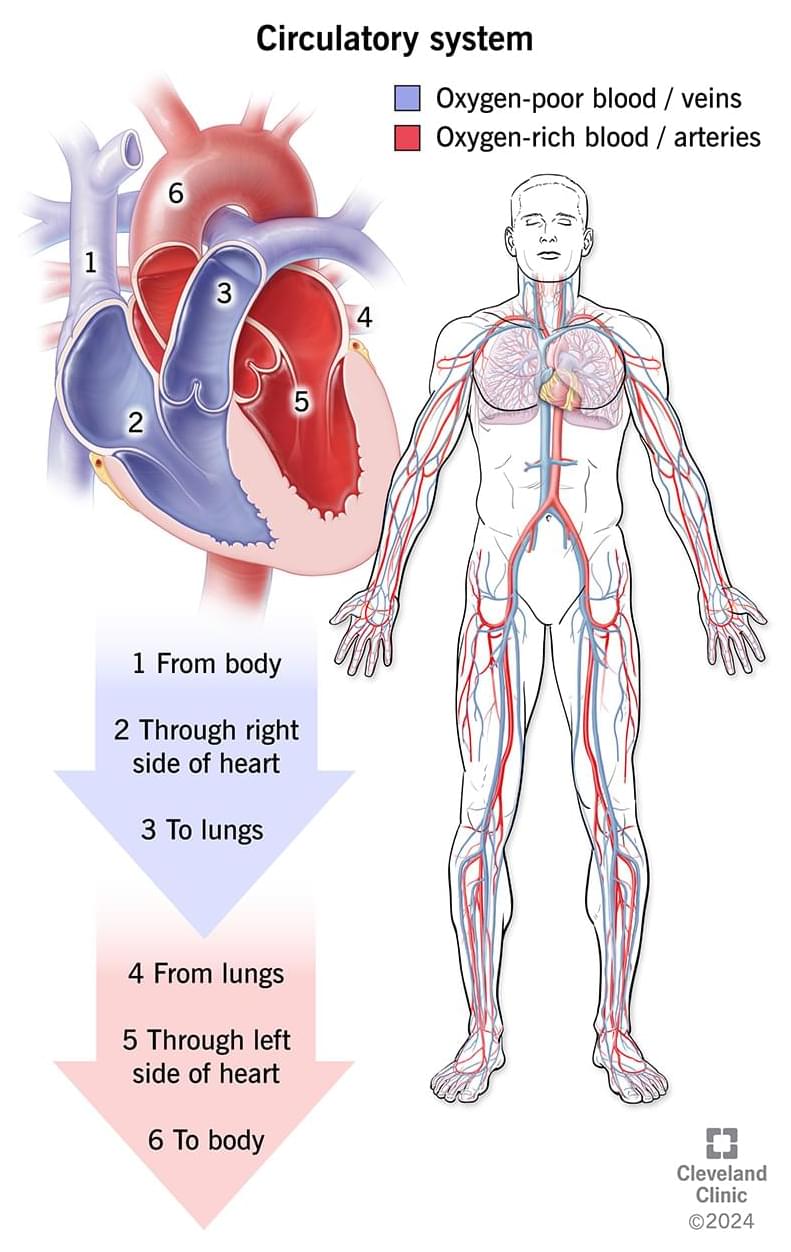Yeast cells can be used to convert agricultural and forestry residues, as well as industrial byproducts, into valuable bioproducts. New and unexplored yeast strains may have properties that can enhance the commercial competitiveness of this sustainable production. In a study recently published in Applied and Environmental Microbiology, researchers collected and examined the biotechnological potential of 2,000 West African yeast strains.
The study—the first of its kind—is a collaboration between the University of Nigeria, Chalmers University of Technology, and the University of Gothenburg. It is based on a nationwide collection of samples from fruit, bark, soil, and waterways in Nigeria. This approach, known as bioprospecting, involves exploring various plants or microorganisms in nature to identify properties that can be utilized for different industrial or societal applications.
In this study, researchers searched for new yeast species with the potential use in industrial production of biochemicals, pharmaceuticals, and food ingredients.

